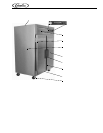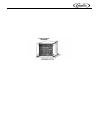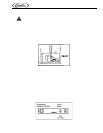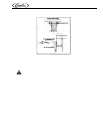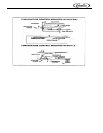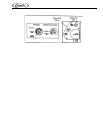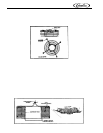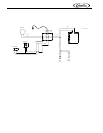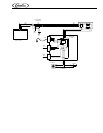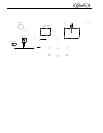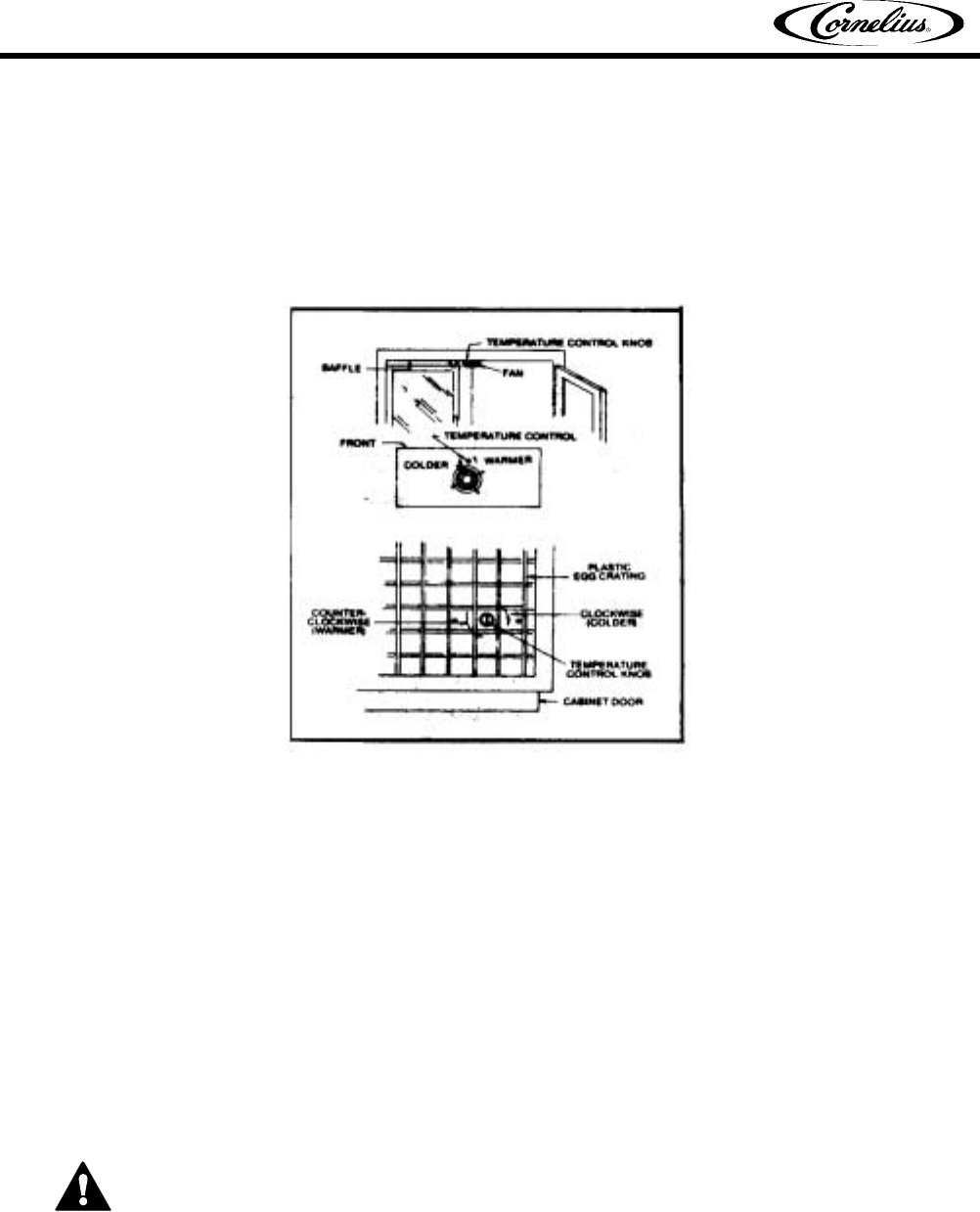
Reach-In Refrigerator Service Manual
Publication Number: 630460272SER - 4 - © 2004, IMI Cornelius Inc.
Temperature control
If the condensing unit does not run after the power cord is plugged in, check that the temperature control
is in the “on” position. This can be done with an ordinary screwdriver. After the system has operated for
several hours, the temperature control may be adjusted to suit your needs. Turn it clockwise to make it
colder and counterclockwise to make it warmer. Do not make more than 1/4 turn at one time; then allow it
to operate for several hours before making any further adjustment. Once it is set there should be no need
to change it.
After the cabinet has been used for a while, if you should notice any great change in termperature, do not
attempt to compensate for it by turning the control. It is much more likely that there is some other problem
and a qualified refrigeration service person should be called.
Automatic defrosting
Normally, when the cabinet storage area temperature is kept at a range of 36
o
F to 42
o
F, all refrigerators
will defrost the coil during the off cycle (when the compressor is not running). Under some conditions,
such as heavy product load or a lot of door openings in a high ambient temperature or excessive relative
humidity, it may be advisable to install a time clock which will automatically shut the condensing unit off
for an hour or two each night to be sure the coil is completely cleared of frost. It should be connected so
the blower fan is left on to speed up the defrosting process. A qualified service person should be
consulted before attempting to make these additions.
SERVICE PROCEDURES
CAUTION - Make sure the power supply is turned off before making any electrical repairs.
If any electrical problems arise, a wiring diagram is included with each cabinet to aid in tracing the source
of trouble and making the necessary repairs.
Light switches
Each hinged solid door has a switch which will turn on the interior light whenever the door is opened. In
most cases the switch may be examined or exchanged without removing the mounting bracket. Place a
knife blade or similar tool behind the switch flange and pry it out. To replace the switch, disconnect the
FIGURE 5







